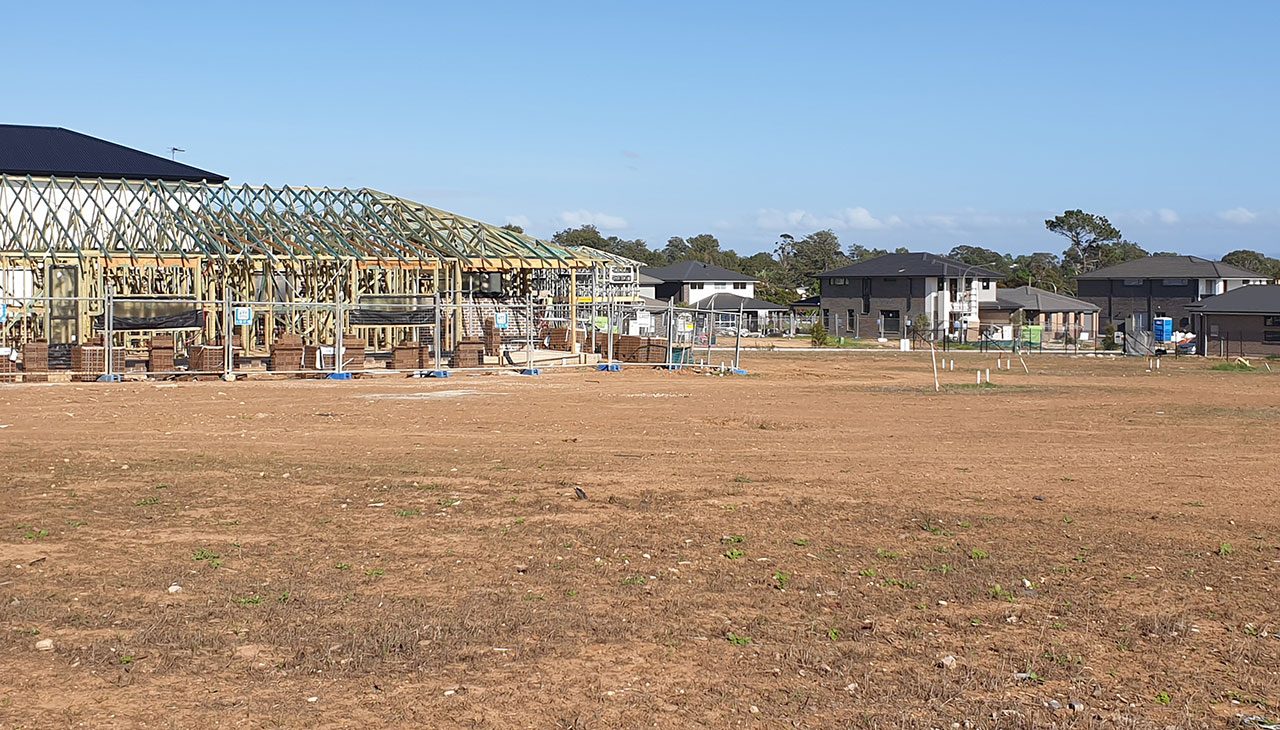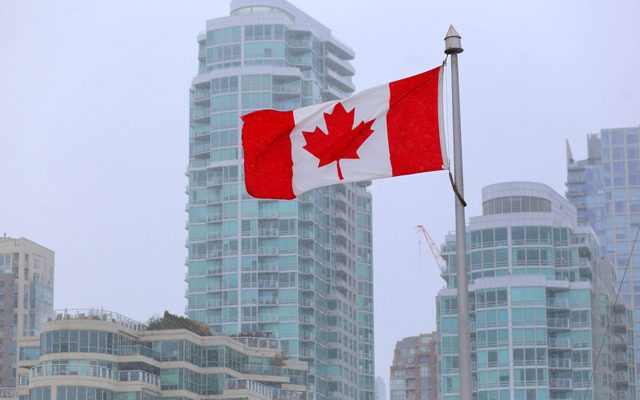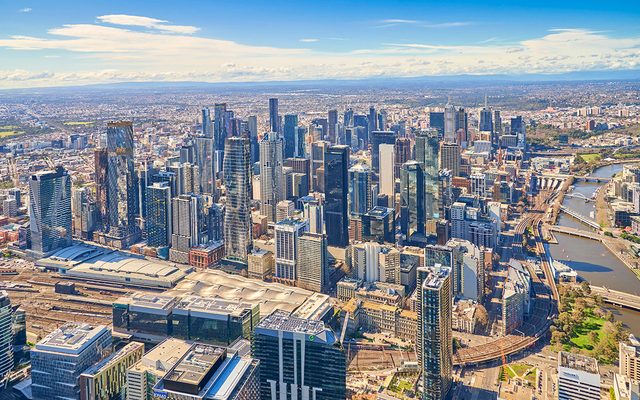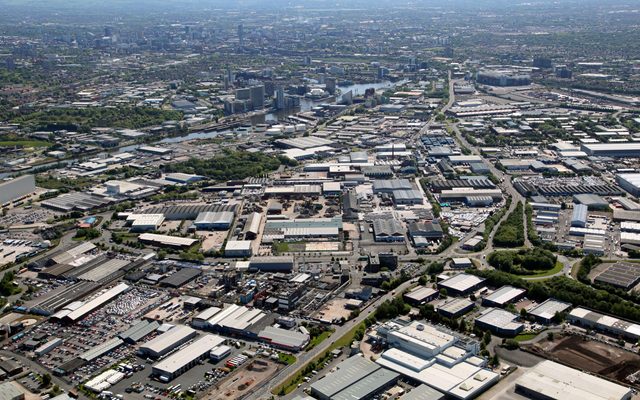This article is from the Australian Property Journal archive
2023 saw dwelling approvals tank by 15.4% to 162,194, a level of approvals not seen in more than a decade.
According to the latest ABS Building Approval release, national total dwelling approvals were down 9.5% (in seasonally adjusted terms) to 13,085 in December.
Private sector houses remained largely steady, falling 0.5% to 8,416 approvals, with private attached dwellings falling 25.3% to 4,354.
Victoria saw the most significant monthly decline in, falling 18.4%, this was largely a result of weak high-rise approvals in Melbourne.
South Australia also recorded a significant decline, down 11.8%, while Tasmania was down 2.7%.
On the other hand, Queensland recorded the most significant boost in December, at 8.2%, Western Australia followed at 7.9% and NSW at 2.0%.
“Dwellings approved in 2023 totalled 162,194, down 15.4% on the 2022 result. This is a level of approvals not seen since 2012,” said Maree Kilroy, senior economist for Oxford Economics Australia.
This comes after new home building approvals were up 1.6% in November 2023, with higher density approvals up 7.2%, while detached house building approvals fell by 1.9%.
Meanwhile, the value of new residential building fell 3.8% over the month, to $6.03 billion, and the value of non-residential building fell 10.6%, to $4.32 billion.
“There remains a significant pipeline of residential construction work not yet done which we expect will finally materialise, seeing an increased volume of homes being completed over the next six months,” added Kilroy.
“While this will provide a boost to near-term supply, the trajectory of dwelling approvals points firmly to a softer 2025 for completions. Compounded by record levels of migration, Australia’s housing undersupply is expected to persist for several years.”




